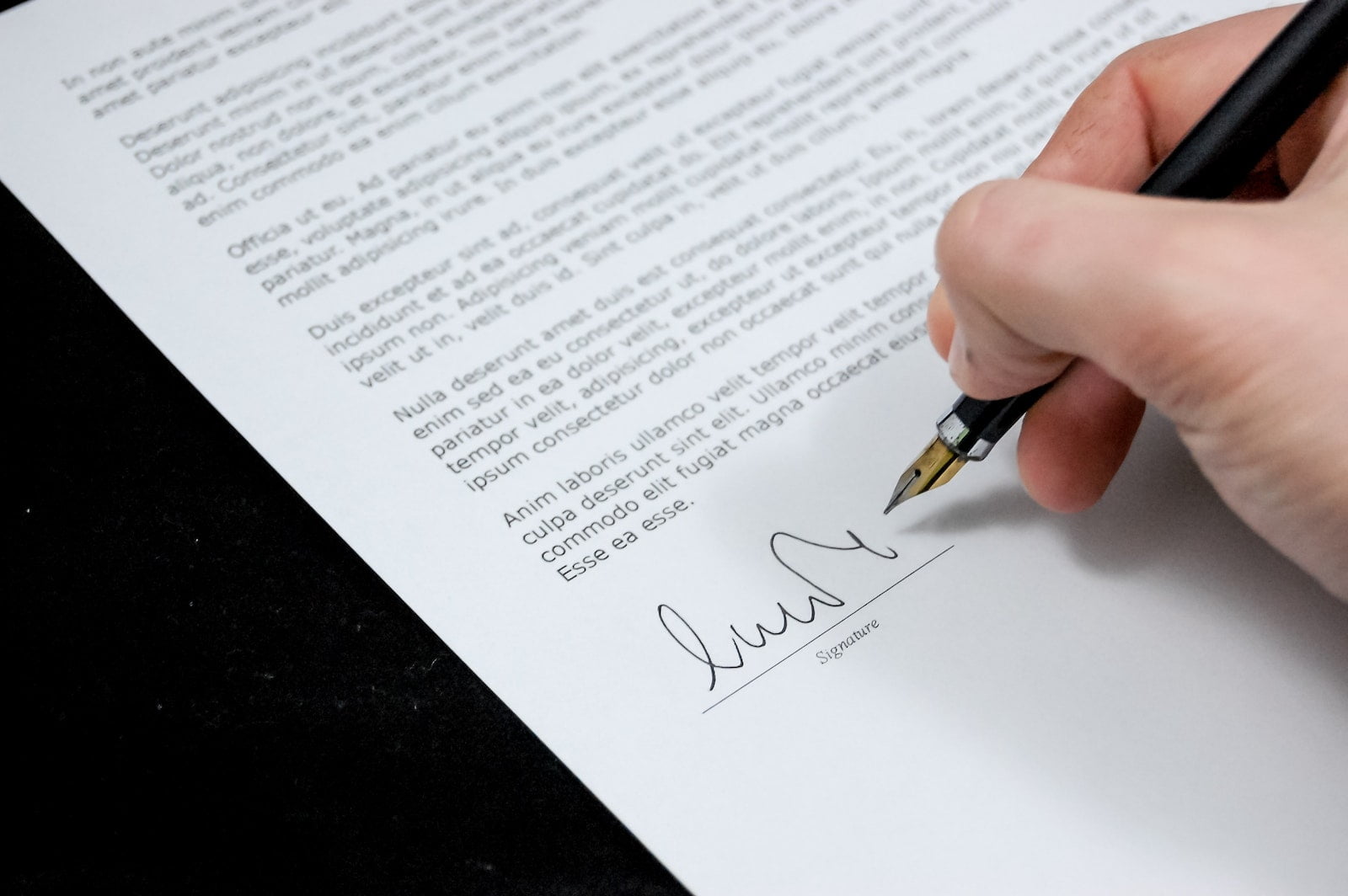What Is a Design Patent?
A design patent is a form of legal protection of the unique visual qualities of a manufactured item. A design patent may be granted if the product has a distinct configuration, distinct surface ornamentation or both. In other words, a design patent provides protection for the ornamental design of something that has a practical utility.
In the United States, that means an item that is substantially similar to something that has the protection of a design patent may not be made, copied, used or imported into the country. In other countries, a registered design may act as an alternative to a design patent. In certain European countries, patent protection for designs may be obtained for a fee and by meeting basic registration requirements.
A design patent is valid for 14 years (if filed before May 13, 2015) after being awarded and is not renewable; if it was filed on or after May 13, 2015, the design patent has a 15-year term from the date of grant.
How a Design Patent Works
An item or object that is protected by a design patent carries broad protection from copyright infringement. A design that was not intended to be a copy and which was devised independently from an existing, design patent-protected item may still infringe upon that design patent.
Key Takeaways
- A design patent application may only include a single claim, according to the United States Trademark and Patent Office.
- Filing for a design patent costs less than filing for a utility patent.
- The total cost to file for and obtain a design patent can run anywhere from $1,000 to $3,000 in total, depending on the situation and the complexity of the design patent.
- Without filing a patent on your design, you may run the risk of a copycat design being used by competitors.
In some countries, such as the U.S., Canada, China, Japan, and South Africa, applications for design patents are kept secret until they are granted. In Japan, secrecy can be extended to three years after registration is granted. The first U.S. design patent was awarded in 1842 for printing typefaces and border (fonts).




